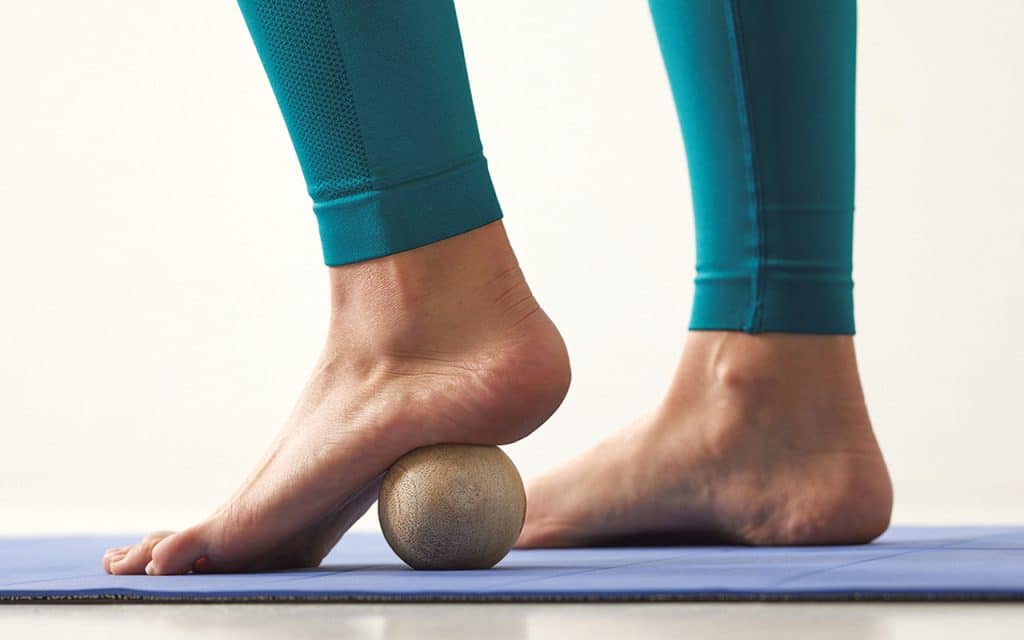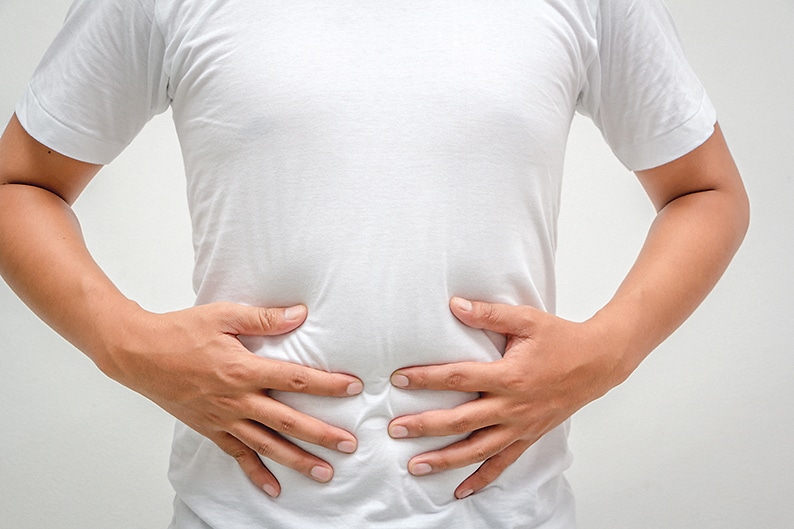
I remember the first time I heard the expression in the headline of this column, it instilled in me both a sense of alarm and a sudden acknowledgement of a body part I do not spend much time thinking about.
Our feet are our foundation. They are responsible for balance, support and mobility. With their 28 bones, thirty joints and 100 muscles, they are a biomechanical miracle. But really, if like myself, you do not often contemplate the wonder of your feet until something goes wrong, you most likely remain unconscious of them. Today I’d like to put these shy damsels in the spotlight.
And let’s face it, given the long, wet Irish winters, it can be reasonably concluded that for many of us our feet are kept under wraps for nigh on ten months of the year, if not more. Out of sight, out of mind.
Having strong and healthy feet is essential for our longevity and well-being. For older adults (65+) falls and the consequences of such are a leading cause of death in developed countries. We need to encourage the foot to return to its natural functional state. This is not just a concern of the elderly however. Poor foot mechanics in the younger populations are setting them up for a lifetime of postural issues and structural difficulties.
Your foot needs to be able to move up and down and side to side, if there is inhibition in any of these movements it leads to imbalances which can have consequences for the legs, hips and back and so on up the chain to the shoulders neck and head.
This is down to the role fascia plays in connecting the body. You may remember that fascia is a thin membranous tissue, that surrounds and holds every organ, blood vessel, bone, nerve fibre and muscles, creating a network for movement…holding us together as it were.
There are seven main chains or bands of fascia that facilitate co-ordination of movement, linking our feet to our head or our arms to our head and so on, each band running in different patterns that facilitate the great diversity and range of movement possible in a human body. Fascia plays a huge role in force transmission throughout our body; it functions as a ‘super-suit’ that absorbs impact and holds us together. Fascia can migrate and collect in various parts of the body as required and indeed can thicken and stagnate in parts, for instance when we are injured or if we have a limited and repetitive functioning pattern of movement…in these cases it stiffens and can ‘freeze’ or get stuck. Wherever fascia gets stuck, we develop pain.
Essential to the health of fascia are healthy breath patterns and movement…movement is life and fascia enables movement.
Tension and elasticity in one area of the fascial network affects another, so if the foot is unstable or poorly loaded, its impact can be felt all the way up the fascial chain, most commonly in the hips and lower back but also in other joints and in other areas, there being several lines of fascia connecting the feet to other body parts. Injury or trauma to the foot, ankle or leg with the concomitant migratory fascial response will create adhesions and distortions in the tissue, creating spiral lines of tension up the body structure.
Placing your feet in thick-soled, cushioned shoes or stiff, tight or high heeled shoes, reduces the flexible capabilities of the feet. This naturally inhibits the proprioception of the feet, your body’s ability to sense movement, action and location; in other words your balance and mobility. If we further consider that fascia adheres to bone with the force of 2,000lbs per square inch (roughly 140kg sq cm) we can begin to fathom the crucial importance of healthy and strong feet.
How to bring life back to our feet?
Going barefoot is recommended if you can do so at all, though we do have climactic factors to consider at our latitude. There is a rise in the popularity of so-called minimal shoes, shoes with extremely thin soles to allow for better foot awareness and biomechanics, but what if your feet aren’t strong enough for this?
Start with some simple exercises:
Toe gripping: This practice is recommended for three minutes daily on each foot. Sit and insert your fingers between each toe, curling them around the foot and applying enough pressure to affect a little pain. Breathe deeply, allowing yourself to relax into the discomfort on the out breath, easing on down into the sensation with each breath. If this feels too much you can start with pencils between the toes and press down on them gently to apply pressure. You are really working with the foundations of the fascia here and it will have an impact all the way up the body. When finished, stand up and press the toes to the floor on exhale and on the inhale relax them. Repeat this standing exercise ten times. Then walk around and see how the practice has impacted your body.
Heel raises Place a small ball such as a tennis ball or something smaller between the heels, pressing them together gently, this will activate the big toe joint which is a major load-bearer and often under-recruited in the foot. Using conscious breath, roll up and down onto and off the ball of the foot ten times, taking care to keep a steady awareness of your movement and breath.
Toe lifts: While standing, lift the big toe up while pressing the little toes into contact with the ground. Then do the reverse, pressing the big toe into contact with the ground while lifting the little toes. Usually we are better at one than the other. I often encourage people to use their hands to assist on the less available movement of toes.
Foot massage: Always nicer if you can get someone to do this for you, and there are many wonderful reflexologists in West Cork, but failing that, if you can, massage your feet regularly paying attention to the tight or stiff areas of the foot, the arch, the balls of the feet and in between the toes.
If you find it hard to reach your feet you can roll a soft ball on the soles of your feet to help bring life back into them. Roll for about a minute to start. You will feel a remarkable difference in the felt sense of your feet, more life and lightness and with practice increased blood flow. This can be enhanced by massaging the calf muscles; again the ball is a useful tool in this regard.
These daily practices benefit all ages and will restore tired, numbed feet, supporting them to take more of a leading role in our physical health.



